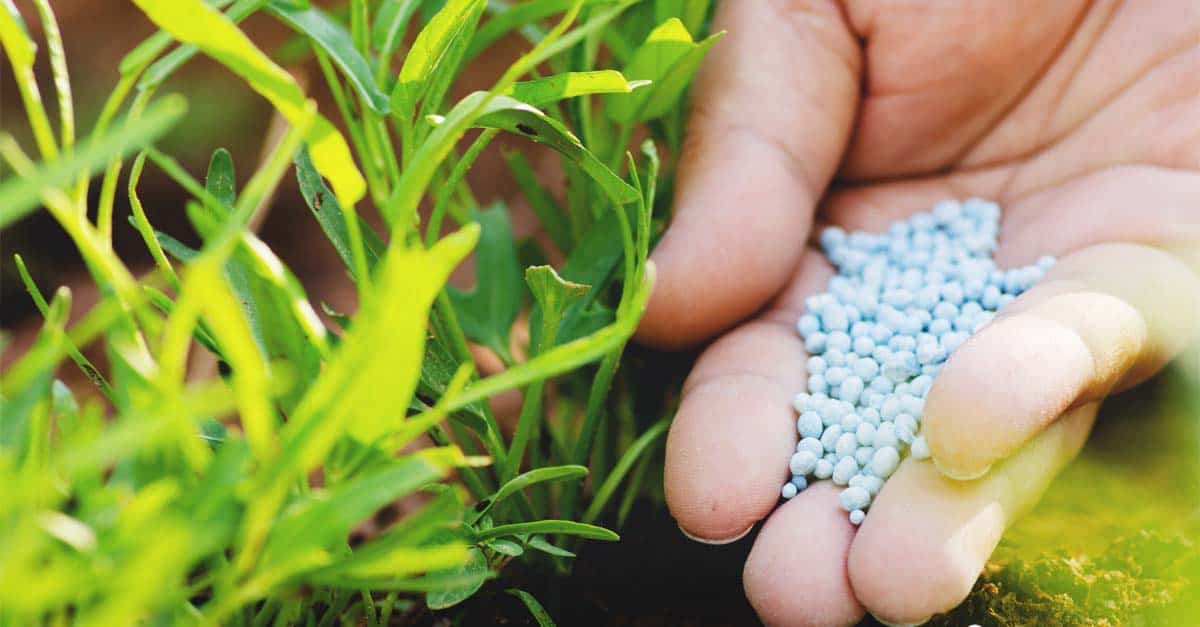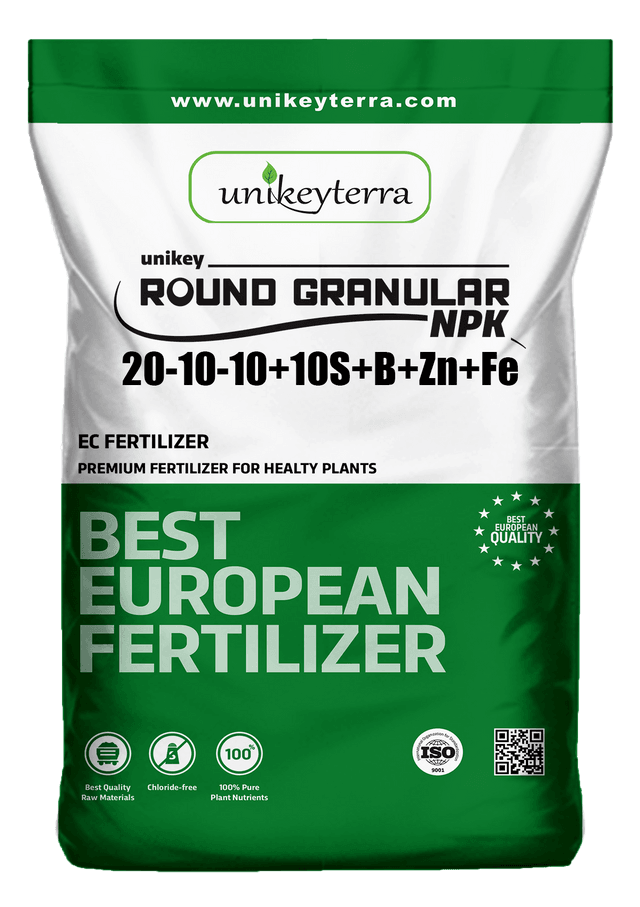Fertilizer: The Ultimate Guide To Using This Allpurpose Fertilizer
Fertilizer: The Ultimate Guide to Using This All-Purpose Fertilizer
Fertilizer is a substance that is added to soil to provide plants with the nutrients they need to grow healthy and strong. There are many different types of fertilizer available, but all-purpose fertilizer is a good choice for most plants.
In this blog post, we will discuss what all-purpose fertilizer is, how to use it, and the benefits it can provide for your plants.
What is All-Purpose Fertilizer?
All-purpose fertilizer is a type of fertilizer that contains a balanced blend of nutrients that are essential for plant growth. These nutrients include nitrogen, phosphorus, and potassium. Nitrogen helps plants grow green leaves, phosphorus helps plants develop strong roots, and potassium helps plants resist disease and stress.
How to Use All-Purpose Fertilizer
All-purpose fertilizer can be applied to soil in a variety of ways. You can spread it by hand, use a broadcast spreader, or apply it with a watering can. The amount of fertilizer you need to use will depend on the type of plant you are fertilizing and the size of your garden.
Benefits of Using All-Purpose Fertilizer
There are many benefits to using all-purpose fertilizer. These benefits include:
- Increased plant growth
- Improved plant health
- Stronger roots
- Increased resistance to disease and stress
- More vibrant flowers and foliage
How Often to Use All-Purpose Fertilizer
The frequency with which you need to use all-purpose fertilizer will depend on the type of plant you are fertilizing and the climate you live in. In general, you should fertilize your plants once a month during the growing season.
Conclusion
All-purpose fertilizer is a versatile and effective way to fertilize your plants. It can help your plants grow healthy and strong, and it can improve their resistance to disease and stress. If you are looking for a way to improve the health of your plants, all-purpose fertilizer is a great option.
20-10-10 fertilizer is a balanced fertilizer that is good for a variety of plants. It contains 20% nitrogen, 10% phosphorus, and 10% potassium. Nitrogen helps plants grow and produce leaves, phosphorus helps plants develop strong roots, and potassium helps plants resist disease and stress.
If you are looking for a fertilizer that will help your plants grow healthy and strong, 20-10-10 fertilizer is a good option. You can find 20-10-10 fertilizer at most garden centers and online retailers.
For more information about 20-10-10 fertilizer, please visit Home Gardening.
FAQ of 20 10 10 fertilizer
What is 20-10-10 fertilizer?
20-10-10 fertilizer is a complete fertilizer, meaning that it contains all three primary nutrients: nitrogen, phosphorus, and potassium. The numbers in the name refer to the percentage of each nutrient in the fertilizer. In this case, the fertilizer contains 20% nitrogen, 10% phosphorus, and 10% potassium.
What are the benefits of using 20-10-10 fertilizer?
20-10-10 fertilizer can help to improve the health and appearance of your lawn, flowers, and other plants. It can help to promote green, lush growth, and it can also help to strengthen plants' resistance to pests and diseases.
How do I use 20-10-10 fertilizer?
The best way to use 20-10-10 fertilizer will vary depending on the type of plant you are fertilizing and the soil conditions in your area. However, a general rule of thumb is to apply 1-2 pounds of fertilizer per 1,000 square feet of lawn. You should also follow the instructions on the fertilizer label carefully.
Is 20-10-10 fertilizer safe to use?
20-10-10 fertilizer is generally safe to use, but it is important to follow the instructions on the label carefully. You should also avoid applying fertilizer to wet or windy days, as this can increase the risk of fertilizer burn.
What are the side effects of using 20-10-10 fertilizer?
The most common side effect of using 20-10-10 fertilizer is fertilizer burn. This can occur if you apply too much fertilizer, or if you apply fertilizer to wet or windy days. Fertilizer burn can cause leaves to turn yellow or brown, and it can also damage plant roots.
Is there anything else I should know about 20-10-10 fertilizer?
Yes, there are a few other things you should know about 20-10-10 fertilizer:
- It is important to test your soil before you fertilize, to make sure that your plants are not already getting enough nutrients.
- You should not fertilize your plants too often. Too much fertilizer can actually damage plants.
- You should avoid using 20-10-10 fertilizer near water sources, as it can pollute the water.
Image of 20 10 10 fertilizer
- Image of a bag of 20-10-10 fertilizer. The bag is white with black lettering. The front of the bag shows the fertilizer's name, 20-10-10, and the NPK ratio. The back of the bag shows the fertilizer's ingredients and usage instructions.

- Image of a scoop of 20-10-10 fertilizer. The scoop is filled with a light brown fertilizer. The fertilizer is granular and has a slightly powdery texture.

- Image of a plant being fertilized with 20-10-10 fertilizer. The plant is a healthy green color and has large, lush leaves. The fertilizer is being applied to the soil around the plant's roots.

- Image of a close-up of 20-10-10 fertilizer granules. The granules are a light brown color and have a slightly powdery texture. The granules are evenly distributed in the soil.

- Image of a soil test showing the results of 20-10-10 fertilizer application. The soil test shows that the pH level of the soil has increased and the nutrient levels have improved.
- Image of a plant that has been fertilized with 20-10-10 fertilizer and is showing signs of growth. The plant is a healthy green color and has large, lush leaves. The plant is also taller and has more flowers than it did before it was fertilized.

- Image of a farmer applying 20-10-10 fertilizer to a field of crops. The farmer is using a fertilizer spreader to apply the fertilizer evenly to the field.

- Image of a truckload of 20-10-10 fertilizer being delivered to a farm. The truck is filled with bags of fertilizer. The bags are stacked neatly in the truck bed.

- Image of a laboratory technician testing the quality of 20-10-10 fertilizer. The technician is using a variety of instruments to test the fertilizer's nutrient levels, pH level, and other properties.
- Image of a 20-10-10 fertilizer plant. The plant is a large, industrial facility. The plant is surrounded by large piles of fertilizer.


Post a Comment for " Fertilizer: The Ultimate Guide To Using This Allpurpose Fertilizer"